The ROG Crosshair VI Extreme motherboard takes Ryzen to the, well, you know
AMD’s Ryzen CPUs have become hugely popular since their introduction earlier this year. The all-new chips make eight cores more accessible than ever before, but there’s more to their appeal than the value proposition for power users looking to maximize their horsepower. Ryzen represents a triumphant return to form for an AMD desktop platform with legendary pedigree. ROG motherboards can trace their lineage back over a decade to the original Crosshair for Athlon 64 processors, so it’s only fitting that the newest one brings Ryzen up to speed with our latest innovations.
The ROG Crosshair VI Extreme is tailored for the high-end machines PC enthusiasts dream of building. Overclockers get what they need to not only unleash the CPU’s raw potential, but also manage the liquid cooling required to run comfortably at top speed. And builders get provisions for the elaborate custom plumbing and personalized system lighting that are all but required to turn heads these days. The result is an X370 motherboard like no other.
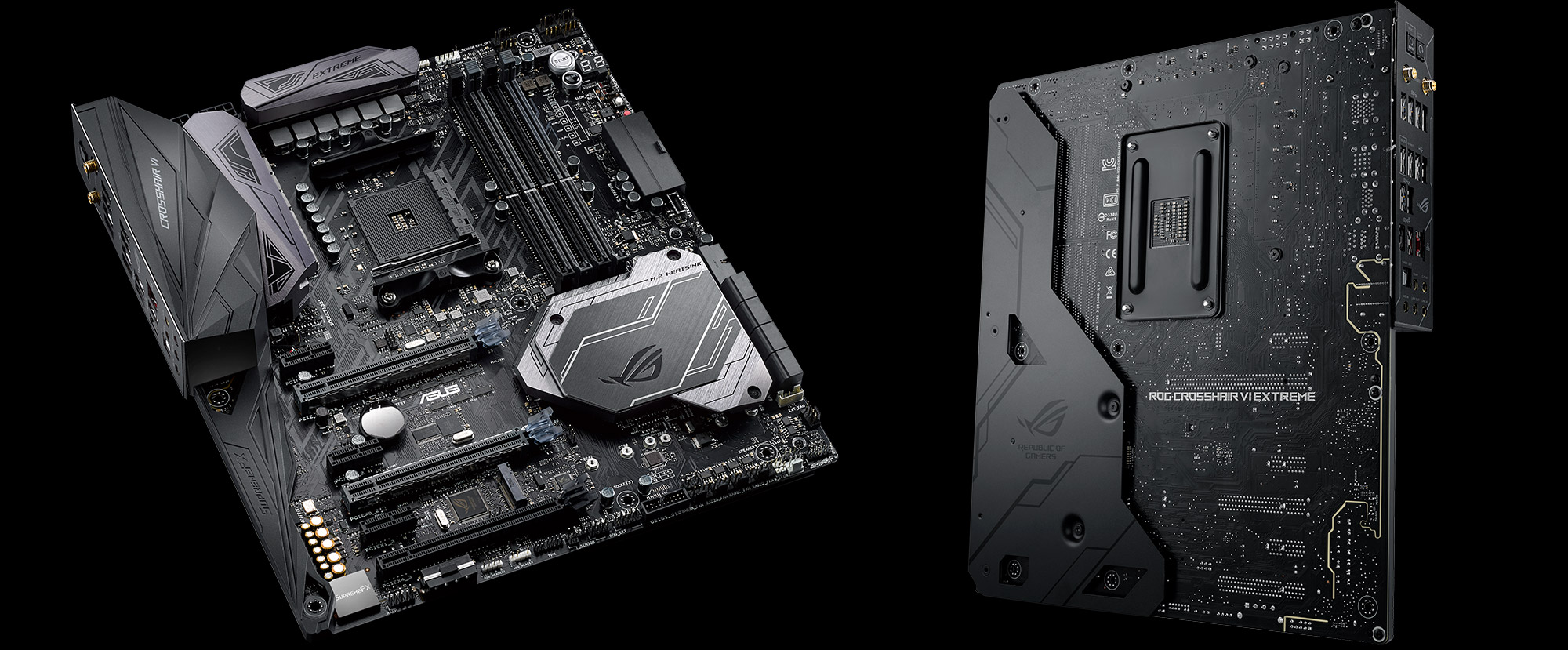
Overclocking for everyone meets cooling for everything
ROG engineers devote a lot of time to figuring out how to get the most out of each platform. That effort manifests in enhancements for hardcore overclockers, like points for probing vital signs with a multimeter, and features for addressing quirks at sub-zero temperatures. You don’t need experience huffing liquid nitrogen to push the limits of your hardware, though. The Extreme’s intelligent auto-tuner lets beginners overclock with a single click. This highly configurable tool accounts for the unique characteristics of each system’s hardware and cooling, making it valuable for even seasoned veterans who do most of their tweaking by hand.
Performance and overclocking are inextricably tied to cooling, so we’re constantly looking for ways to improve thermal management. For a high-end board like the Extreme, that means supplying everything needed for sophisticated liquid loops, starting with a special header for monitoring monoblock temperatures, flow rates, and leak detection circuits. We’ve already partnered with the experts at Bitspower to produce a monoblock made specifically for the Extreme. It will be sold separately from the motherboard, and other block makers can offer alternatives of their own.
In addition to the header for monoblocks, a separate set of connectors is available for tracking liquid temperatures and flow at another point in your loop. Those are joined by a staggering 13 fan headers, nearly double the number on the Crosshair VI Hero. One header is configured specifically for pumps, while two groups of four huddle together for easy radiator wiring. If you need more, the board supports the ASUS Fan Extension Card, which brings the total number of headers up to a sweet 16.
All of the cooling is managed by our widely vaunted UEFI and FanXpert software, a continuously evolving suite that provides comprehensive control through intuitive interfaces. We recently added sensor grouping to the suite’s arsenal, so you can bind the behavior of a single header to multiple temperature sensors, including the GPU diode on select graphics cards. As a result, the cooling can react to a varied range of workloads, like heavy gaming that heats up the GPU more than other components. Add extensive fine tuning options and the ability to automatically calibrate response curves based on the RPM range of connected fans, and you’ve got everything required to build a rig that’s whisper quiet at idle and only as loud as required by the situation.
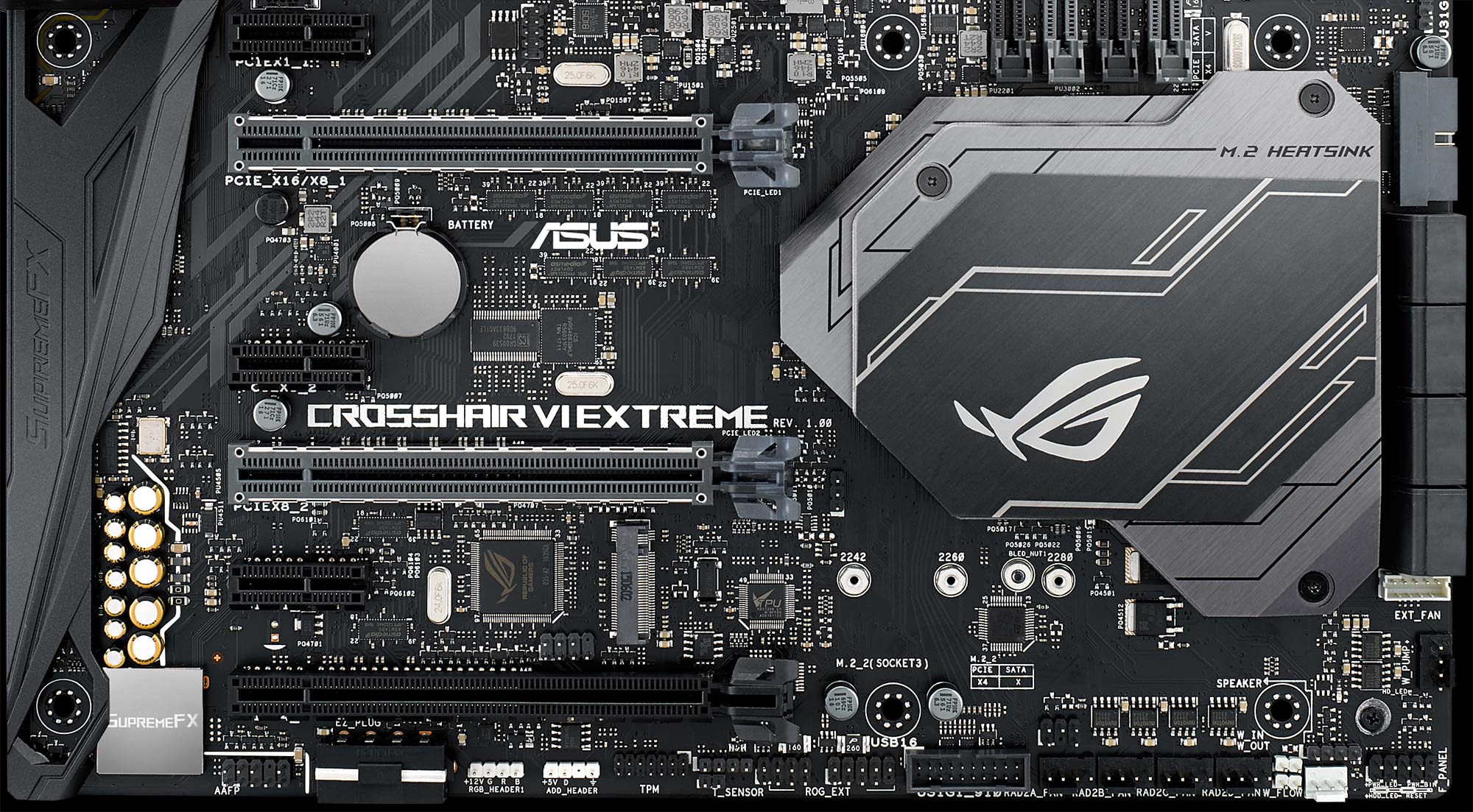
Separate from the fan-driven cooling, the Extreme’s M.2 heatsink helps dissipate SSD thermals. NVMe drives installed in the primary M.2 slot are passively cooled by a removable portion of the chipset heatsink, which helps maintain consistent storage performance under sustained loads. This M.2 slot is linked to the dedicated lanes in the CPU, while the second slot shares bandwidth with graphics cards. The secondary M.2 lacks integrated cooling but supports longer drives up to 110 mm.
A refined foundation for coloring your world
High-end builds won’t get a second glance if they don’t look the part. The aesthetics have to be just right, and your lighting better be on point. Our designers used a monochromatic palette that won’t conflict with other components or your choice of accent lighting. They also took advantage of the larger Extended ATX form factor to mount the primary power connector flush with the PCB, so the associated wiring can run more cleanly around the edge and out of sight.
RGB lighting is expected at this point, but the Extreme doesn’t just add some blinky bits and call it a day. It’s one of the first motherboards with a header for addressable light strips and that offer control of each individual LED. The header can be used to power more advanced effects, but it’s not just meant for strips. At Computex 2017, the Extreme was demoed with a daisy chain of addressable LED fans. We’re also working with chassis makers to integrate compatible lighting into their cases.
The addressable header is joined by two more reserved for conventional LED strips, and onboard lighting extends the glow to multiple zones on the motherboard itself. Each element can be controlled independently or synchronized harmoniously to create just the right look for your PC. Thanks to Aura Sync, you can match colors and effects across a complete family of compatible components that covers every aspect of your rig, both inside and out. And with our new Aura SDK, developers can integrate the lighting with games and other software, opening up exciting possibilities for cosmetic and functional flourishes.
More glowing emanates from the I/O cluster, where the audio jacks have color-coded backlighting to prevent you from fumbling around in the dark. The rear ports are surrounded by a fully integrated shield that simplifies motherboard installation.
Order one with everything
The Crosshair VI Extreme has all the trappings of a premium motherboard. The dual PCIe x16 slots are reinforced with metal bracing and additional solder to prevent damage from rough handling. They’re spaced to give 2.5-slot graphics cards like the Strix GTX 1080 Ti ample breathing room, and a third x16 slot is available for three-way CrossFireX with dual-slot cards.
A full slate of USB connectors stands ready for an army of devices. You can hit speeds up to 10Gbps with USB 3.1 Gen 2, which is available through an internal header for cases and via both Type-C and Type-A ports at the rear. The integrated networking gives you a reliable Intel controller for wired Gigabit Ethernet, and an 802.11ac module with an upgraded 2x2 antenna for Wi-Fi. Wireless connectivity also extends to peripherals with Bluetooth 4.1, so all your bases are covered.
Our latest SupremeFX S1220 codec powers the onboard audio alongside a premium ESS Sabre DAC and the usual assortment of tweaks to improve the output and recording quality. You don’t need a separate sound card to produce pristine audio for gaming and streaming. You will, however, need a virtual reality headset to take advantage our HRTF-powered audio effects for VR. These enhancements can be applied directly into the native audio stream on Oculus Rift and HTC Vive headsets.
Celebrate the revival
The Crosshair VI Extreme is a true heavyweight among Socket AM4 motherboards. It’s juiced to the gills for serious liquid cooling and show-worthy lighting, giving Ryzen the high-end foundation it deserves. Check with your local ASUS ROG representative for more details on pricing and availability in your region.
Author
Popular Posts
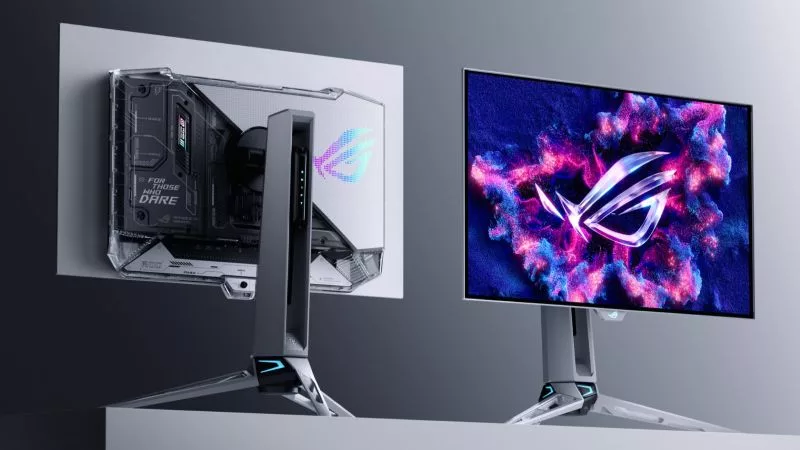
Prepare for Tandem OLED splendor with these new ROG gaming monitors
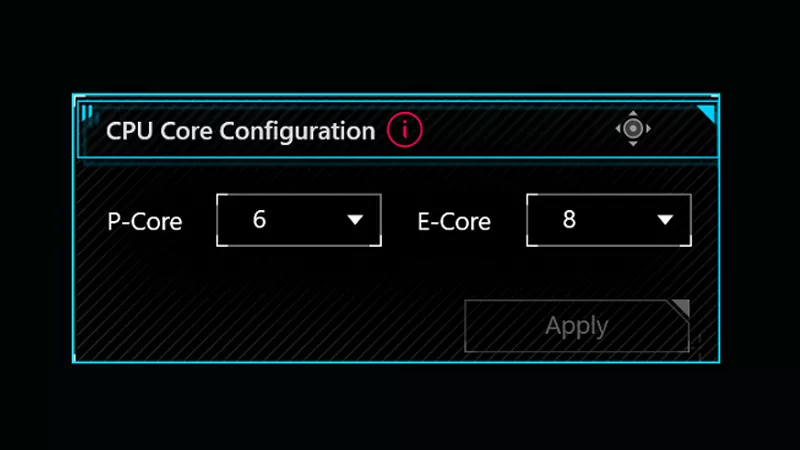
How to adjust your laptop's P-Cores and E-Cores for better performance and battery life
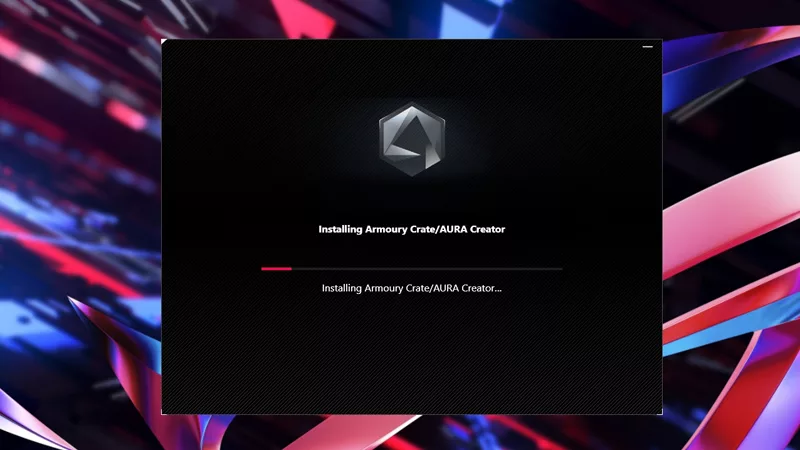
How to Cleanly Uninstall and Reinstall Armoury Crate
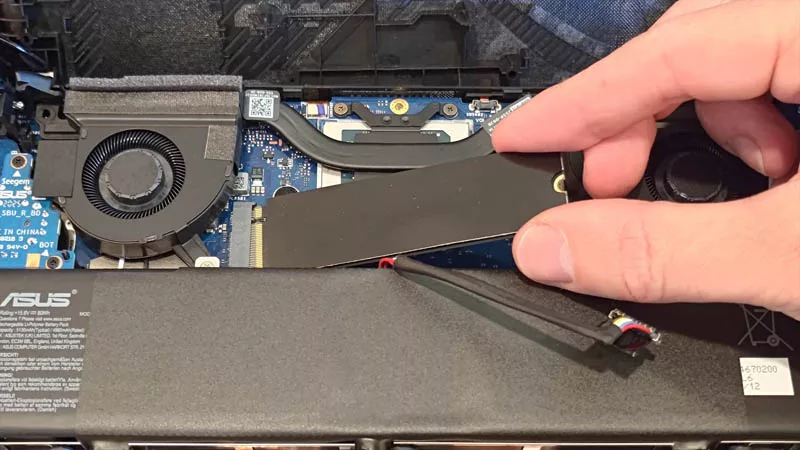
How to upgrade the SSD and reinstall Windows on your ROG Ally, ROG Xbox Ally, or ROG Xbox Ally X
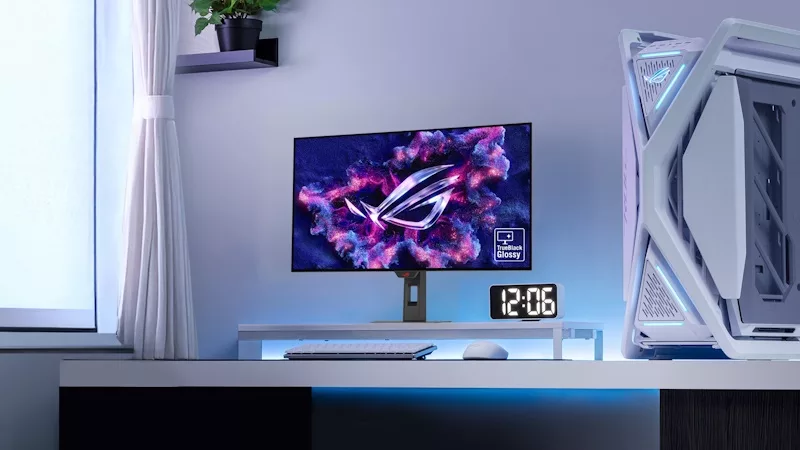
32-inch glossy WOLED panels debut in the ROG Strix OLED XG32UCWMG and XG32UCWG gaming monitors
LATEST ARTICLES

ROG Strix vs Extreme vs Apex vs Hero: What's the difference between ROG gaming motherboards?
When we launch a new generation of motherboards, we don’t just design one model and expect it to meet everyone’s needs. We give you a broad range of options from our ROG Maximus, Crosshair, and Strix lineups so that you can find the board for your next build.
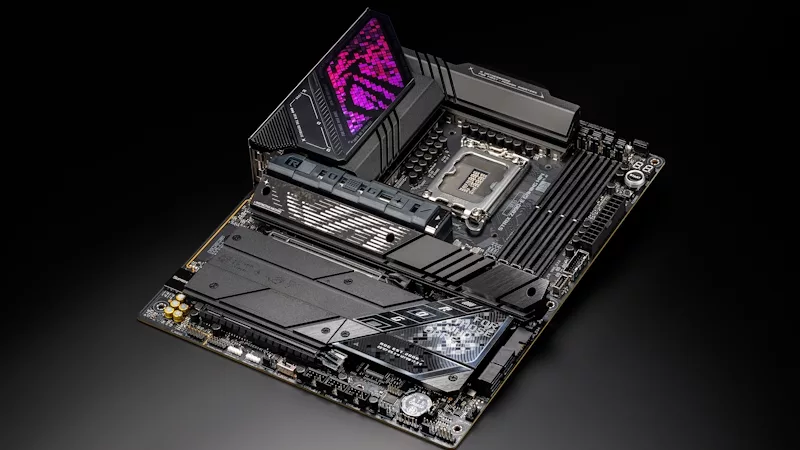
Install up to seven M.2 SSDs on one motherboard with new ROG M.2 PowerBoost tech
Here's how ROG M.2 PowerBoost allows you to install more M.2 drives in one system while enjoying more stable performance.

ROG Z890 motherboard guide: meet the new contenders for your next gaming rig
New ROG Maximus and ROG Strix Z890 motherboards stand ready for your Intel Core Ultra (Series 2) CPU.
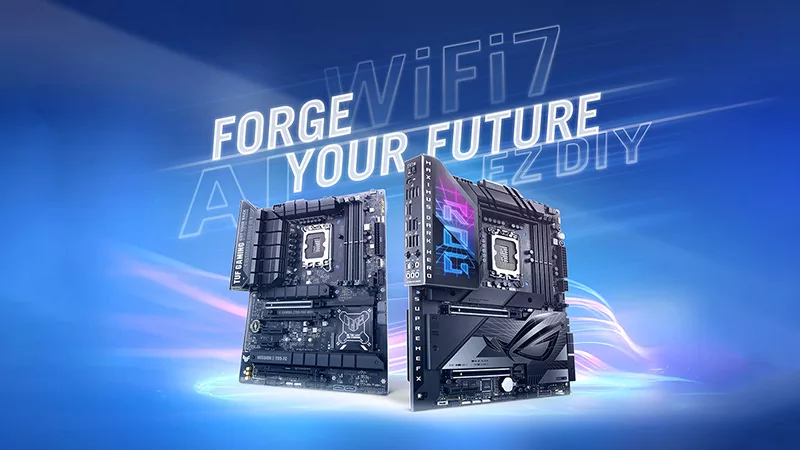
New Z790 motherboards from ROG pave the way for 14th Gen Intel Core CPUs
WiFi 7 support, more fast storage, front-panel device charging, intelligent controls — our latest Z790 motherboards have it all.

New Z790 motherboards from ROG pave the way for next-gen Intel Core CPUs
WiFi 7 support, more fast storage, front-panel device charging, intelligent controls — our latest Z790 motherboards have it all.

The best motherboards for a Ryzen 9 7950X3D CPU from ROG and TUF Gaming
AMD has released two new processors with 3D V-Cache technology: the Ryzen 9 7950X3D and the Ryzen 9 7900X3D. ROG and TUF Gaming X670 motherboards will provide a rock-solid foundation for these new top-tier chips.



